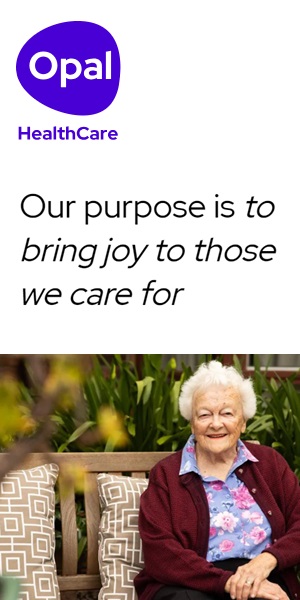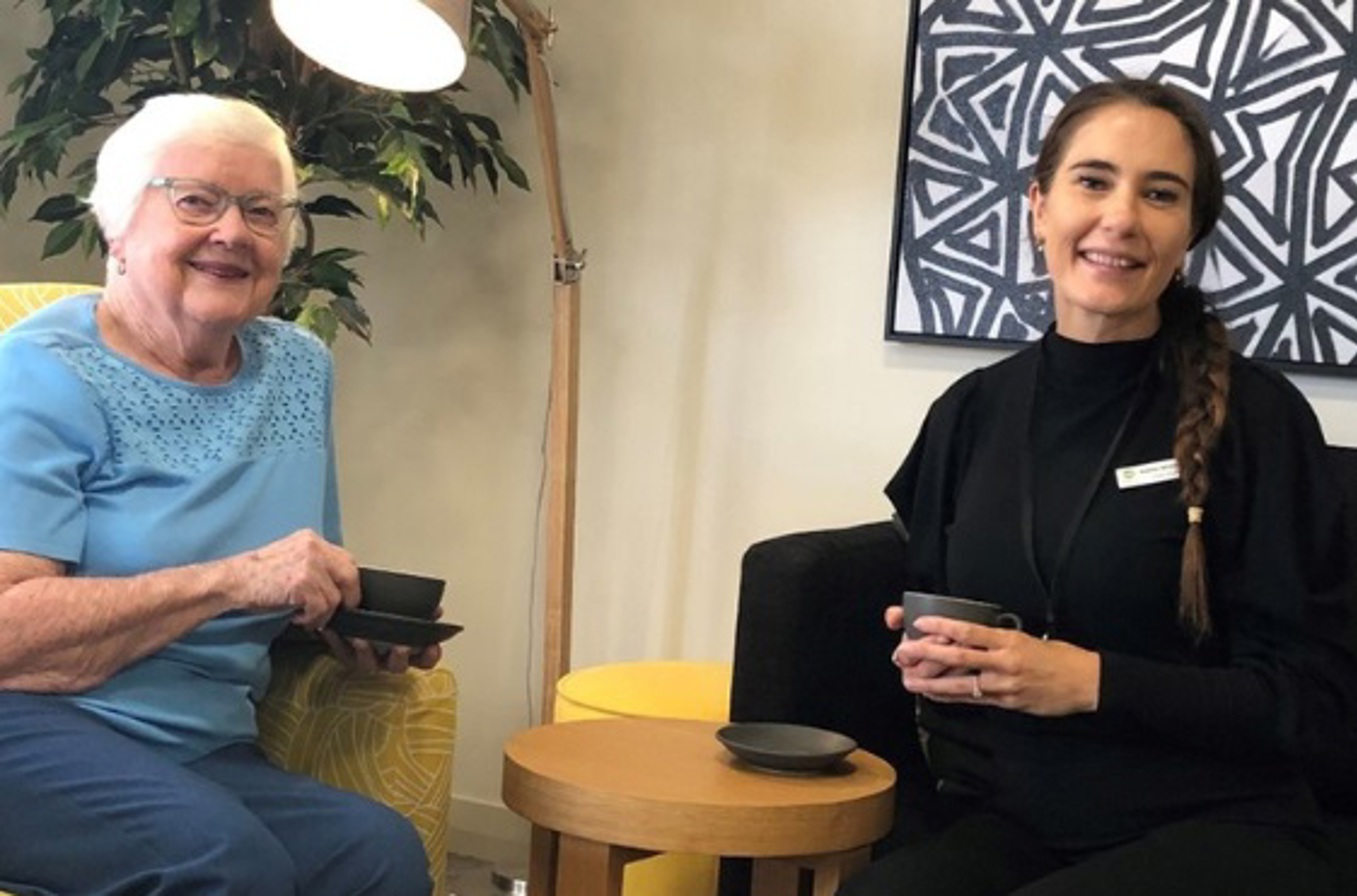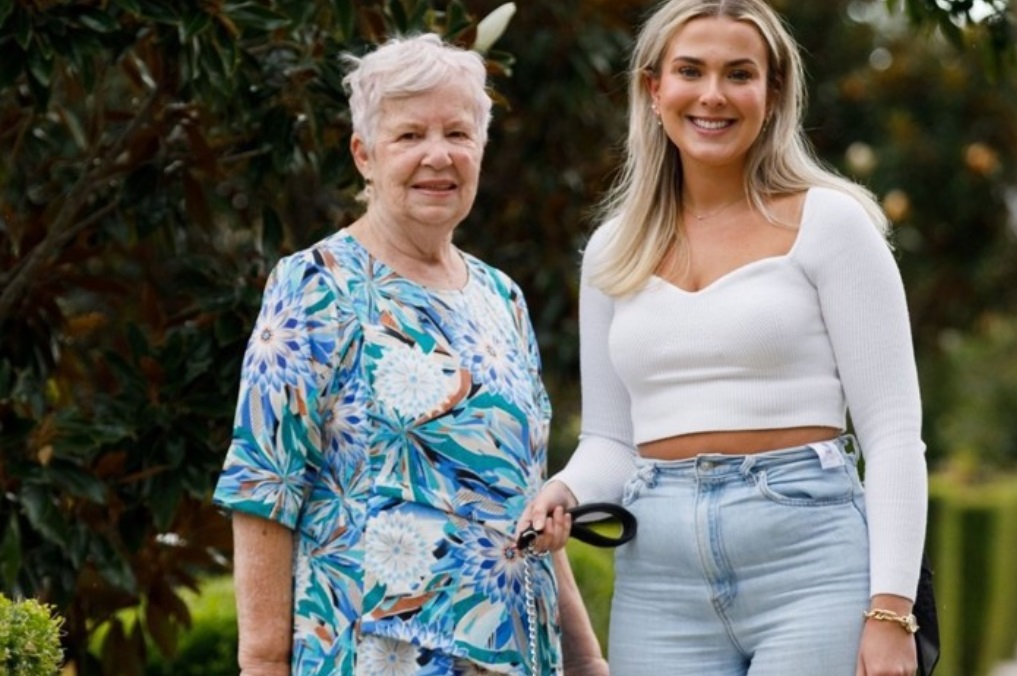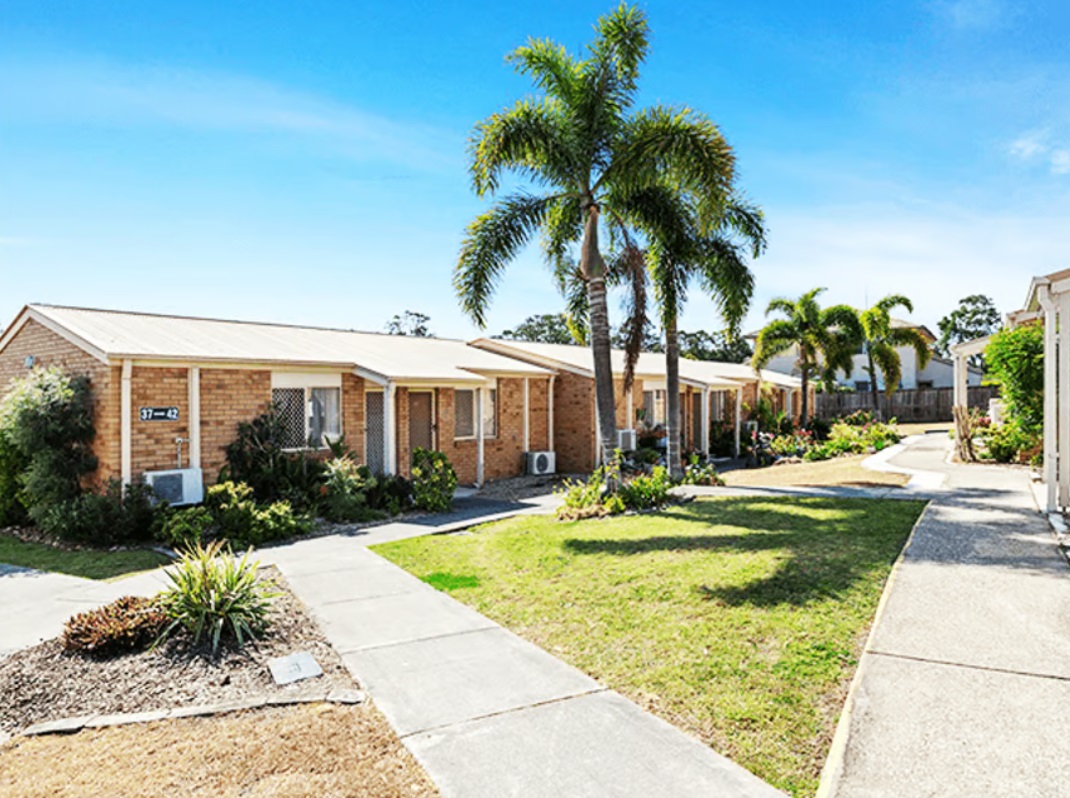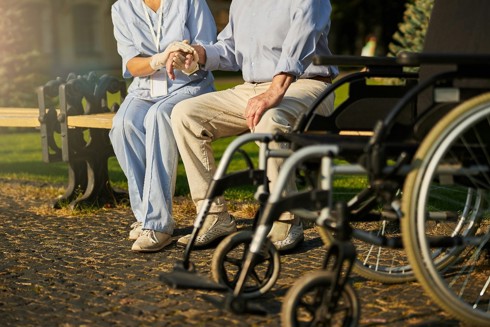Easing the pain of knee osteoarthritis means fighting your brain
27/06/2024

Physical activity is known to ease knee pain and joint stiffness yet only one in 10 people regularly exercise.
Understanding what contributes to patients’ inactivity is the focus of a world first study from the University of South Australia. Researchers found people with knee osteoarthritis unconsciously believe that activity may be dangerous to their condition, despite the medical advice telling them otherwise.
The study found that of those surveyed, 69% of people with knee pain had stronger implicit (unconscious) beliefs that exercise was dangerous than the average person without pain.
“What people say and what people do are often two different things," Associate Professor Tasha Stanton said.
Lead researcher, and UniSA PhD candidate based at SAHMRI, Brian Pulling, said the research provides valuable insights for clinicians treating people with knee osteoarthritis.
“To understand why people with osteoarthritis might not be active, research studies typically use questionnaires to assess fear of moving. But unfortunately, questionnaires are limited – what we feel deep down (and how our system naturally reacts to something that is threatening) may be different to what we report. And we still know that many people are avoiding exercise, so we wanted to know why.
“We found that that even among those who said they were not fearful about exercise, they held unconscious beliefs that movement was dangerous."
How can you manage knee osteoarthritis at home?
- Weight loss: Even modest changes will decrease the load on your joints;
- Exercise: In conjunction with specific training, low impact activities such as cycling, swimming and walking are generally beneficial;
- Medicines: Paracetamol, NSAIDs , anti-inflammatory gels can offer some relief.
- Aid and supports: Physiotherapists can tailor taping and supports to help unload your joints. A walking stick is another option for acutely painful knees;
- Heat and cold packs: Cold is actually usually more effective in pain control;
- TENS machines may offer relief: Our Physios can instruct you in the correct use of this to maximize the pain controlling effect.
- Sleep well: Get adequate rest to help cope.
- Activity modification: Know your triggers and limits.
